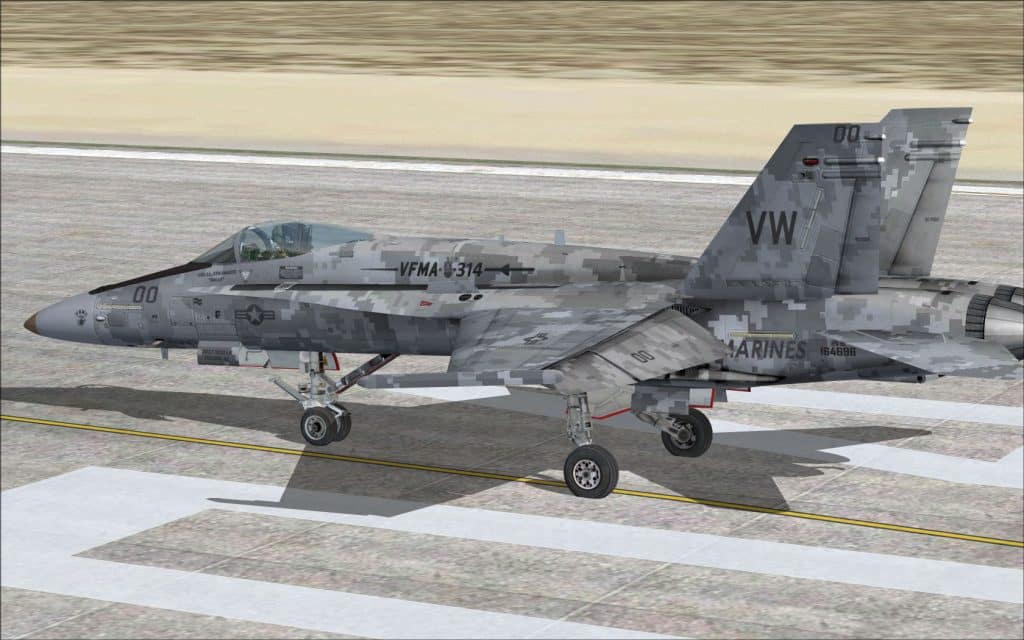

You can see above that with a very high Max/Static ratio the gear deflects very little of its full range of movement when at rest. Here are two examples, using the same undercarriage model:– The higher the Max/Static ratio is, the stiffer the suspension will be, but the higher the loads it can absorb before hitting maximum travel. Max/Static ratio = (maximum travel) / (Static Compression) so it follows that Static Compression = (maximum travel) / ( Max/Static ratio) The Static Compression is how much the gear compresses when the model is at rest on the ground. The maximum travel is (frame 200 height) - (frame 100 height), in this case (-2.464) - (-2.712) = 0.248 feet for this example.Įach contact point needs a Static Compression value and a value for the Maximum Compression/Static Compression Ratio. Also note the Z height at keyframe 200 (fully compressed) and you can calculate the maximum travel of the gear:– That gives the correct coordinates for that contact point. Make sure you're working in Decimal Feet for the viewport units.įor each contact point, pick a vertex at the correct position (bottom of each wheel) and note its position at keyframe 100.

The top-level object is aligned to the Gmax world. Notice there's a top-level object at the model's center which is at 0,0,0: everything else is linked to it via the model hierarchy.

This is Milton Shupe's XA-38 Grizzly with the gear fully extended (keyframe 100):– Contact points for undercarriage are described in some detail in the FSX (and P3D) SDK but what is missing are some illustrations to explain how undercarriage contact points work.


 0 kommentar(er)
0 kommentar(er)
